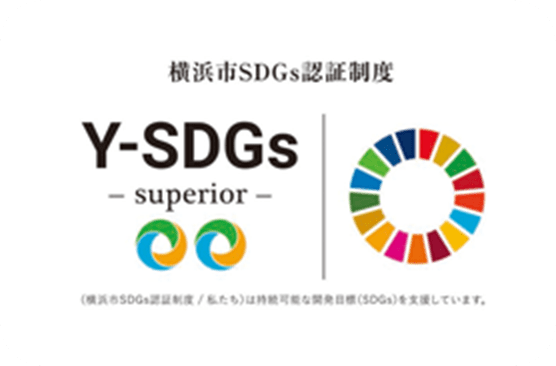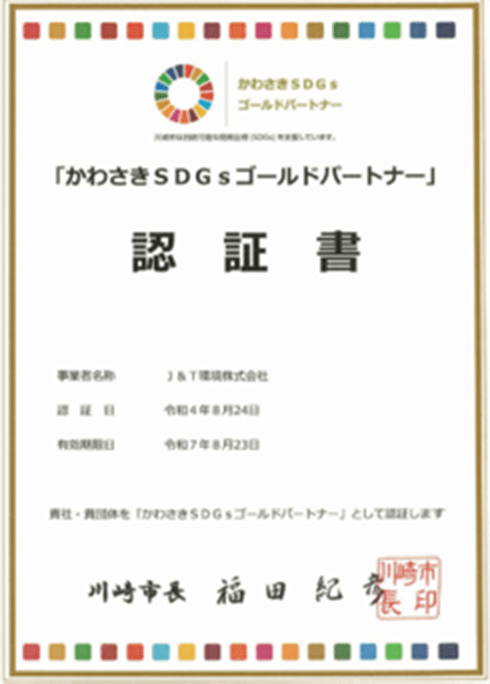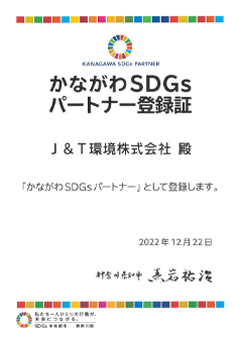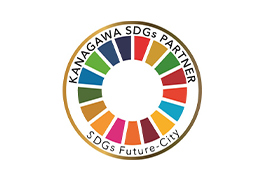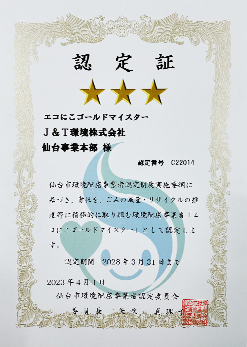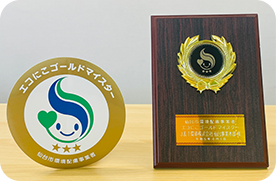

CIRCULAR ECONOMY
Circular
Economy Initiatives
Towards a Recycling-Based Society
J&T Recycling, as a comprehensive recycling company, develops recycling businesses, which lie at the core of the circular economy, and regards these businesses as being aligned with achieving the SDGs.
Specifically focusing on eight SDG goals that closely relate to our business operations, we contribute to the realization of a recycling-based society and a carbon-neutral society.
-
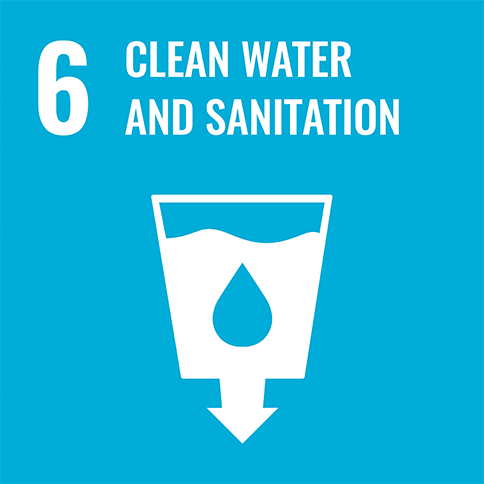
Clean Water and Sanitation
-
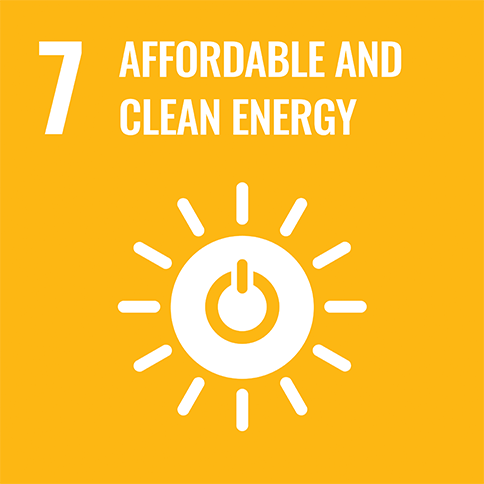
Affordable and
Clean Energy -
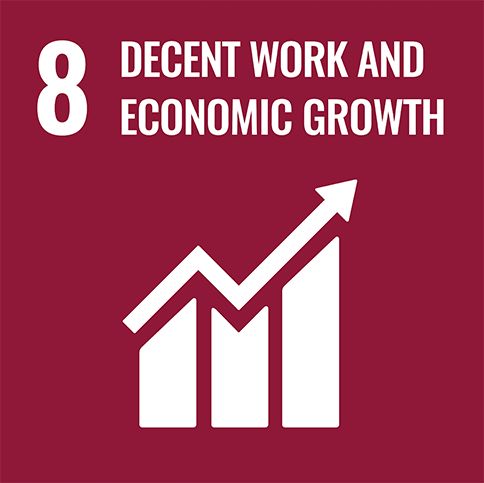
Decent Work and Economic Growth
-
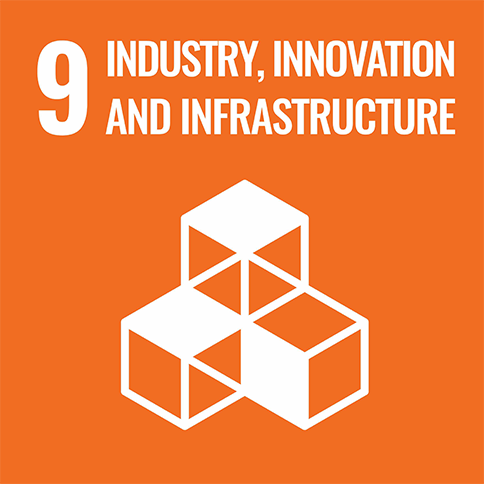
Industry, Innovation and Infrastructure
-
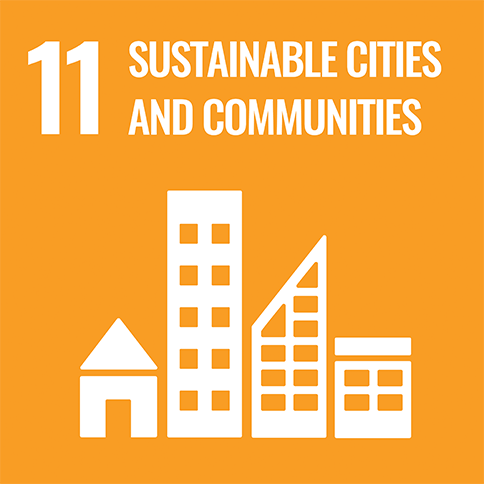
Sustainable Cities and Communities
-
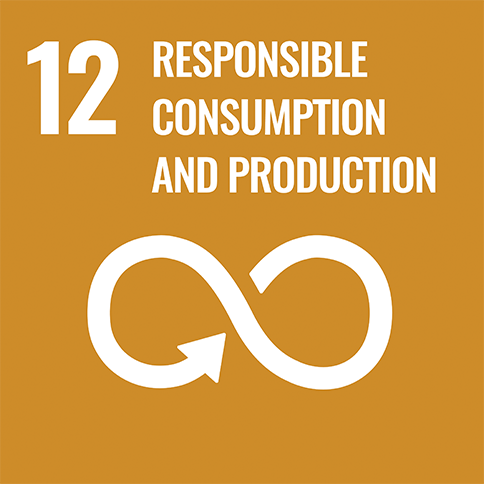
Responsible Consumption and Production
-
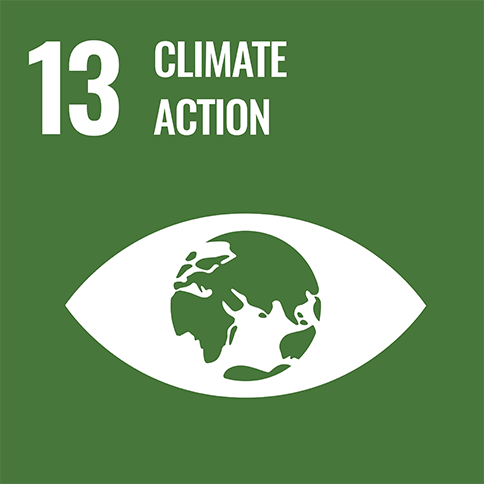
Climate Action
-
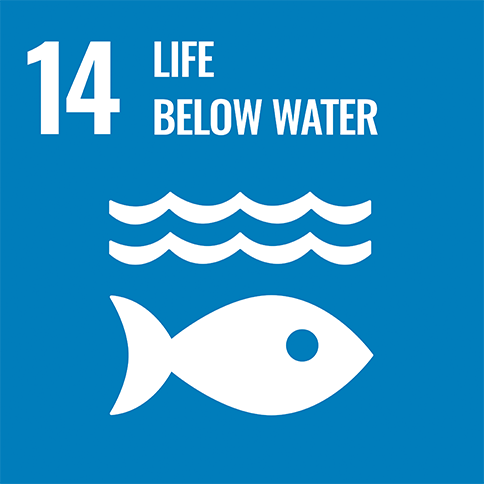
Life Below Water
Two Approaches for Achieving a Recycling-Based Society
and Carbon-Neutral Society
At present, J&T Recycling is focused on two core initiatives as part of its various waste recycling businesses: horizontal recycling and local production for local consumption recycling.
-
Horizontal Recycling
Horizontal recycling refers to converting used products into resources and creating the same products again. J&T Recycling participates in bottle-to-bottle (BtoB) business that transforms used PET bottles back into PET bottles, and projects that manufacture new tarp from waste tarp.
Learn More
About Horizontal RecyclingLearn More About
-
Bottle-to-Bottle
(B to B) PET bottle recycling-
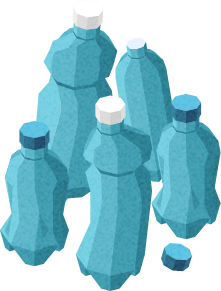
Used PET bottles
-

-
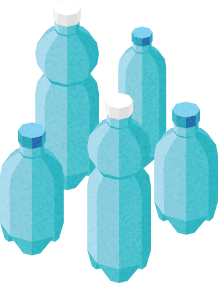
New PET bottles
-
-
Recycling of "tarpaulins"
"ReVALUE+"-

Waste tarpaulins
-
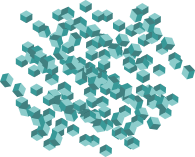
-

New tarpaulins
-
Horizontal Recycling -
-
Local Production for Local Consumption Recycling
The local production for local consumption recycling model converts local waste into renewable energy and feeds this back into the community with a service called "Electricity Creation Returning®", which is a business run by Urban Energy Corporation (JFE Group), selling renewable energy back to the waste generators with priority price. J&T Recycling also engages in an initiative to recycle fermentation residue produced during processing as fertilizer. Through these initiatives, we aim to create a “Double Recycling Loop” that creates electric power and fertilizer from food waste.
Learn More About Local Production
for Local Consumption RecyclingLearn More About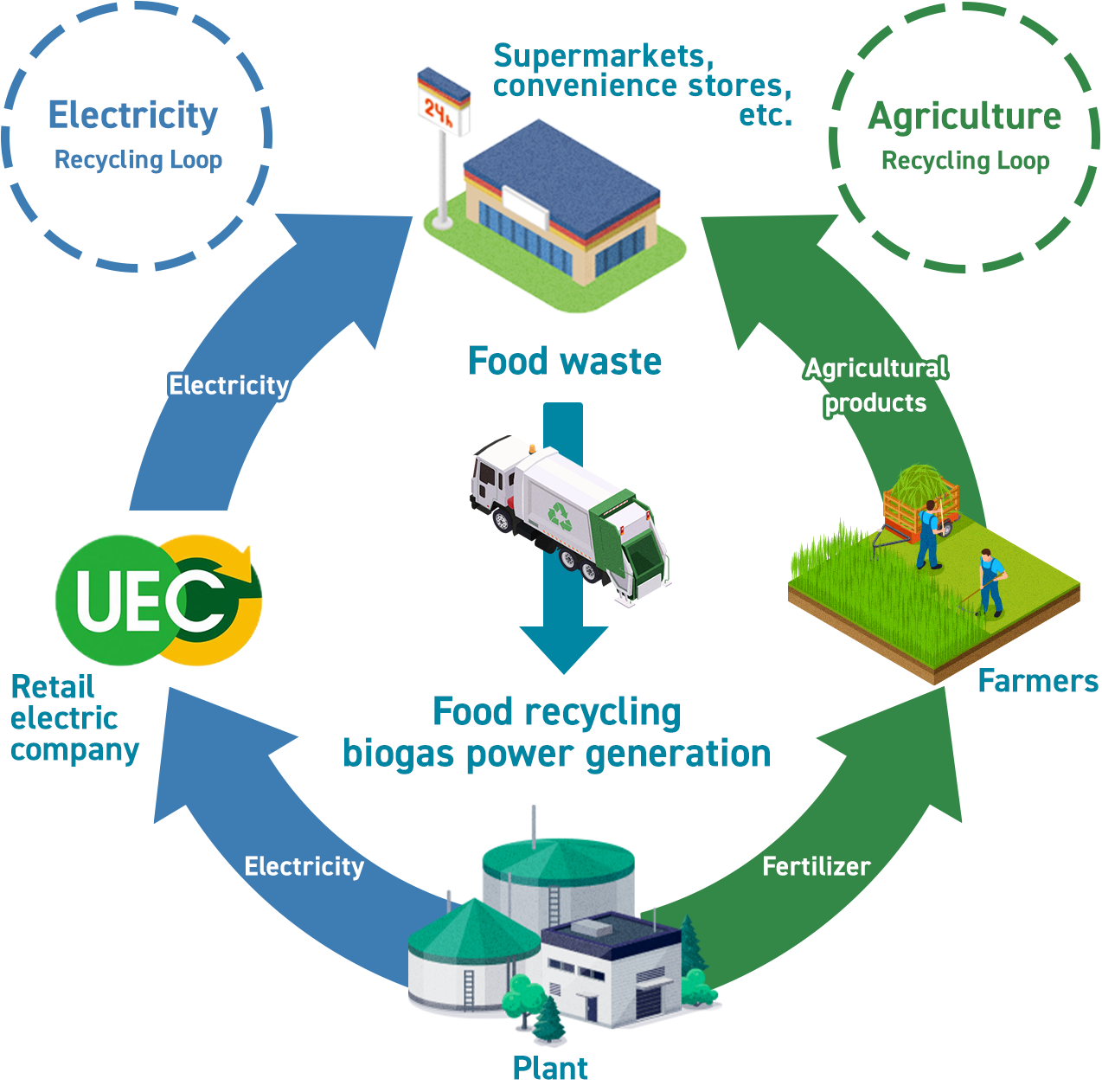
Local Production
for Local Consumption Recycling

